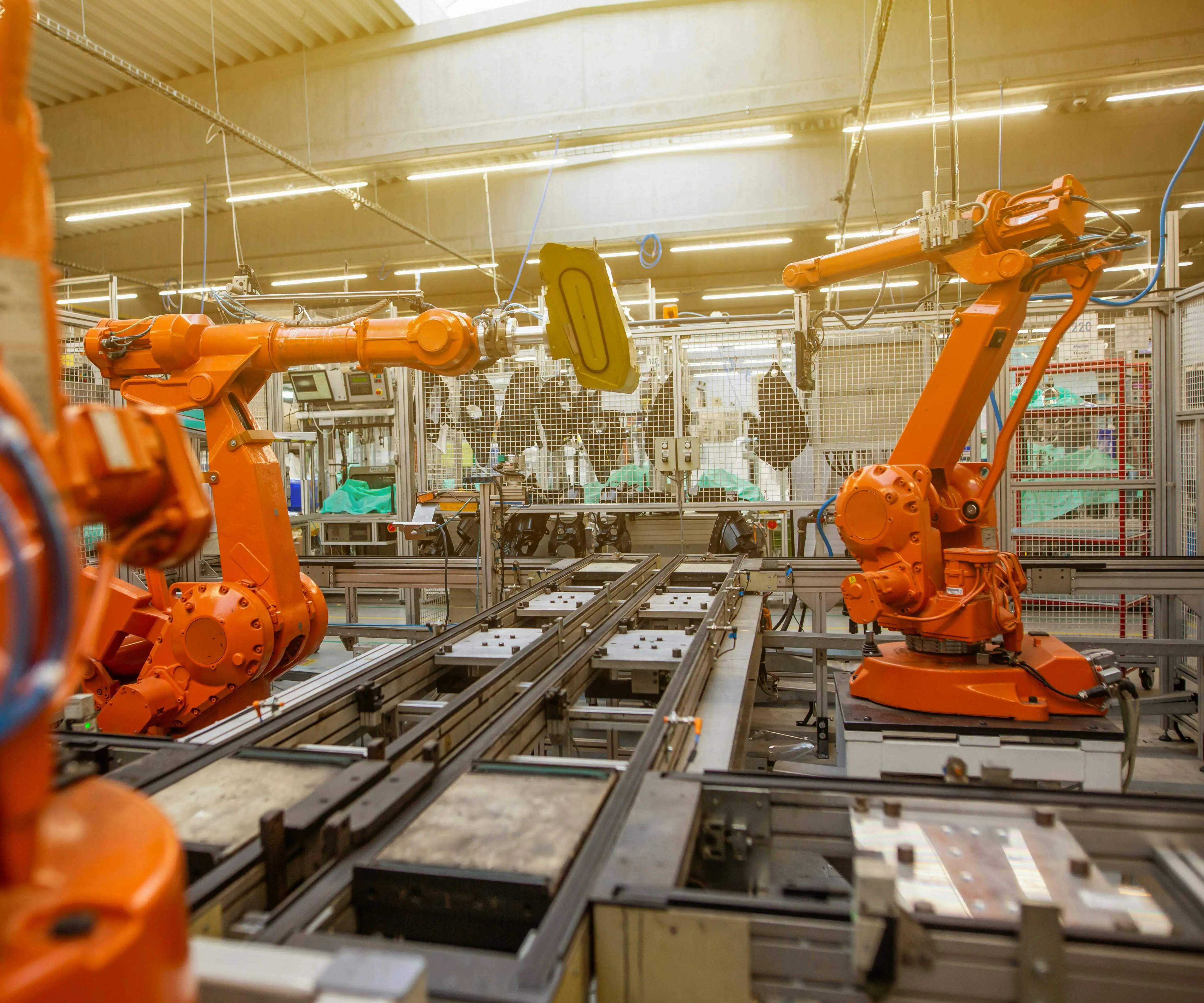The Heart of Mechanical Motion: An Introduction to Gear Box Motors
In our modern world, machines and automation systems operate with a finesse powered by countless carefully engineered components. Among these, the gear box motor stands out as a cornerstone of mechanical efficiency, acting as the silent engine behind countless applications—from industrial conveyor belts to robotic arms and even electric vehicles. But what exactly is a gear box motor, and why has it become such an indispensable part of countless technological innovations?

At its core, a gear box motor is an integrated assembly combining an electric motor with a gear reduction system. Its primary purpose is to convert electrical energy into precise mechanical motion, often with a significant focus on torque enhancement and speed reduction. This combination ensures that machinery operates smoothly, efficiently, and reliably.
The Anatomy of a Gear Box Motor
To appreciate the wonder of a gear box motor, it helps to understand its fundamental parts:
Electric Motor: Usually powered by electricity—AC or DC—it provides the initial rotational force. The motor's size and power output directly influence the overall capabilities of the gear box system.
Gearbox (Gear Reducer): A complex arrangement of gears—spiral bevel, helical, planetary, or spur gears—housed within a protective casing. Its function is to reduce the high rotational speed of the motor to a lower, more usable speed while simultaneously multiplying the torque.
Shafts and Bearings: These components transmit the mechanical power to the connected machinery and ensure smooth rotation without excessive wear.
Housing and Lubrication: Protects internal components from dust, moisture, and mechanical damage. Proper lubrication reduces friction, prolonging the lifespan of the unit.
When assembled, these components work in harmony to provide reliable, adjustable power transmission suited for a spectrum of applications.
Types of Gear Box Motors
Gear box motors are classified based on their gear arrangement and intended use. Some common types include:
Parallel Shaft Gear Box Motors: Designed for applications that require the motor and gear reduction to be aligned parallel. Used in conveyor systems, material handling equipment, and more.
Right-Angle Gear Box Motors: Featuring a 90-degree gear configuration, ideal when space constraints require the motor to be mounted perpendicular to the driven axis—common in robotics and packaging machinery.
Planetary Gearbox Motors: Known for their high power density, compact design, and durability. Widely used in automotive steering systems and aerospace applications.
Inline Gearbox Motors: Compact, linear designs well-suited for industrial automation where space is at a premium.
The Significance of Gear Ratios
The gear ratio is a fundamental concept dictating the relationship between the input and output speeds. By adjusting gear ratios, engineers can fine-tune a machine's performance:
High Gear Ratios: Provide higher torque at the expense of lower speed—ideal for lifting or pushing heavy loads.
Low Gear Ratios: Offer higher speeds with less torque—perfect for rapid movement tasks.
Achieving the right gear ratio depends on the specific application, ensuring efficiency and longevity.
Critical Features to Consider
When selecting a gear box motor, several features come into play:
Efficiency: A well-designed gear box minimizes energy loss, ensuring that more power reaches the driven load.
Durability: Materials used for gears (such as steel, bronze, or composites), precision manufacturing, and robust housings contribute to lifespan.
Load Capacity: The motor and gear system must handle the maximum expected load without failure.
Maintenance & Lubrication: Ease of maintenance can significantly impact operational costs; sealed units with high-quality lubricants extend intervals between servicing.
Applications Across Industries
The versatility of gear box motors means they are crucial across myriad sectors:
Manufacturing: Automation lines, robotic actuators, and conveyor systems rely heavily on these components for precise control.
Agriculture: Machinery such as harvesters, tillers, and irrigation systems benefit from the torque and control offered by gear box motors.
Transportation: Electric bikes, forklifts, and electric cars incorporate gear box motors to optimize power delivery.
Aerospace and Defense: High-precision gear box motors drive missile systems, satellite positioning, and aircraft controls.
Home Automation: Advanced HVAC systems, smart appliances, and security systems use miniature gear box motors for smooth operation.
Advancements and Innovations
In recent years, developments in materials, manufacturing precision, and control technologies have propelled gear box motors into new realms of performance:
High-Performance Materials: Use of advanced composites and hardened steels to increase wear resistance and reduce weight.
Smart Gearbox Systems: Integration of sensors and IoT technology enables real-time monitoring of operating conditions, predictive maintenance, and heightened reliability.
Energy-Efficient Designs: Focus on reducing friction and optimizing gear tooth geometry to maximize efficiency.
Miniaturization: Creating compact, lightweight gear box motors suitable for small-scale robotics and portable devices.
Kpower has delivered professional drive system solutions to over 500 enterprise clients globally with products covering various fields such as Smart Home Systems, Automatic Electronics, Robotics, Precision Agriculture, Drones, and Industrial Automation.




































